Gold price rises Rs1,000/tola, rupee loses 10 paisa vs dollar
Gold prices rise to Rs304,200 per tola in Pakistan amid global economic uncertainty; rupee slightly depreciates.
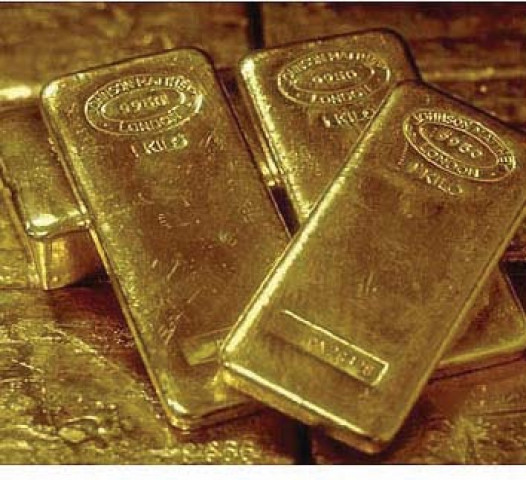
Gold prices continued their upward trajectory on Tuesday, in line with the international market trend. The price of gold per tola rose Rs1,000, reaching Rs304,200, while the 10-gram price increased Rs857 to Rs260,802, according to the All Pakistan Sarafa Gems and Jewellers Association (APSGJA).
This follows a Rs1,700 per-tola increase recorded on Monday. On the global front, gold prices also experienced an uptick, with the metal trading at $2,910 per ounce, reflecting a $10 increase, including a $20 premium, as per APSGJA. According to Mohammad Qasim Shikarpuri, President of APSGJA, the global economic slowdown and financial instability have driven investors towards gold as a safe-haven asset. He explained that the rising investment demand for gold is not limited to Pakistan but is a worldwide phenomenon.
Countries like China are preferring gold over the US dollar and many investors globally are shifting their capital to gold due to uncertain market conditions. This surge in demand has contributed to the continued increase in gold prices. The local market has also been affected by weakened consumer purchasing power. Gold has become unaffordable for many in Pakistan, leading to a decline in traditional jewellery purchases.
In the past, weddings often involved buying multiple tolas of gold, but now, many families opt to repurpose old jewellery or purchase minimal new gold. The soaring gold prices have made large-scale purchases out of reach for the average consumer. Another major factor influencing gold prices is global trade tensions and economic policies. The ongoing US-China trade war, which has led to higher tariffs on Chinese exports, has increased global economic uncertainty.
Investors, anticipating financial instability, have responded by increasing their gold holdings, further pushing up prices. Additionally, geopolitical conflicts, particularly the Russia-Ukraine war, have intensified the demand for gold as a protective asset.
Despite these rising trends, Shikarpuri predicts that a market correction is likely in the near future. He suggests that if global political stability improves, especially if tensions in the Russia-Ukraine conflict ease or if US economic policies become more predictable, gold prices could see a downward shift.
However, for now, investors continue to see gold as a reliable and liquid asset, making it one of the safest investment options available in an uncertain global economy.
Meanwhile, the rupee experienced a slight decline against the US dollar in the inter-bank market on Tuesday, depreciating by 0.04%. By the end of the trading session, the rupee closed at Rs279.37, marking a 10 paisa loss compared to Monday's closing value of 279.27.

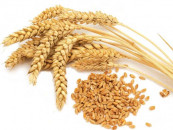
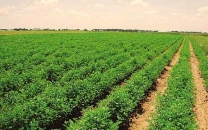

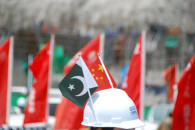




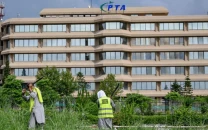




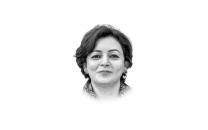


COMMENTS
Comments are moderated and generally will be posted if they are on-topic and not abusive.
For more information, please see our Comments FAQ